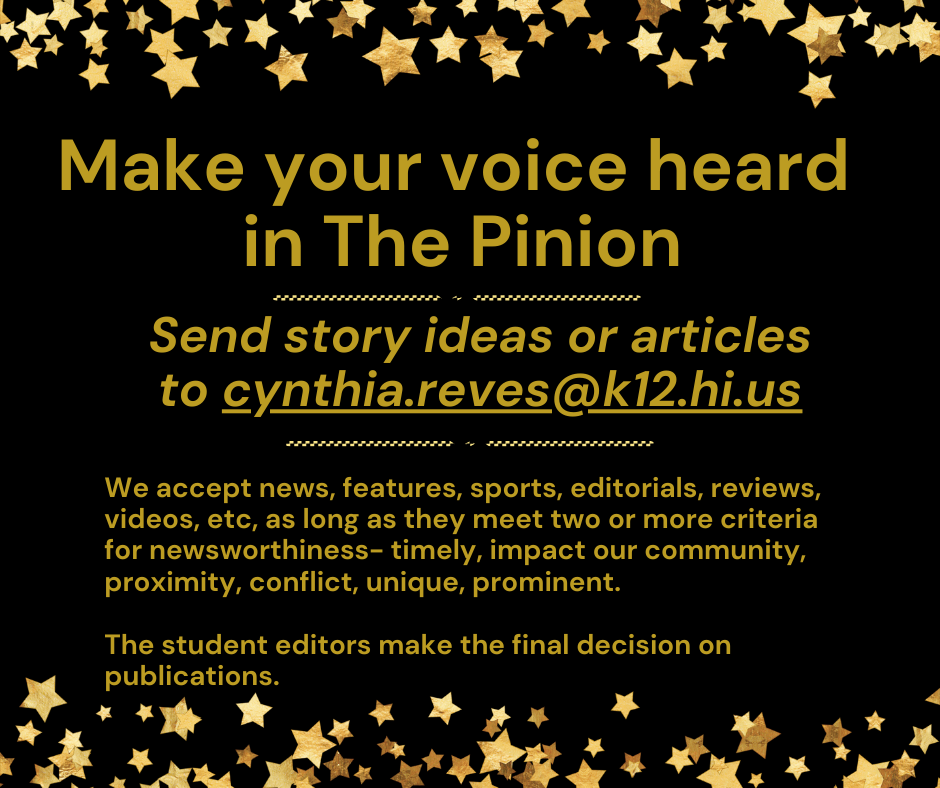Consumers need to read food labels
December 12, 2013
 In the past, humans ate in order to stay alive – in order to survive. As time passed and the food industry evolved, food and eating has become more of an aspect of social life rather than a way to survive.
In the past, humans ate in order to stay alive – in order to survive. As time passed and the food industry evolved, food and eating has become more of an aspect of social life rather than a way to survive.
Many of the food products sold in stores do more damage than people realize. Various additives and chemicals are added to foods that many people eat every day. In order to avoid unhealthy food, it is important to pay special attention to labels.
If Americans knew what they were actually putting into their bodies they would be flabbergasted.
One popular but unhealthy additive is high fructose corn syrup, which can be found in soft drinks, salad dressings and breakfast cereals. HFCS is made from genetically modified corn and then processed with genetically modified enzymes. Studies have shown that more than half of HFCS samples contain mercury, which has been linked to cancer and liver damage.
Another common additive is enriched flour, frequently found in bread, pastries, cookies, pizza and pasta. The human body treats it as refined starch because the flour has been stripped of its nutrients after it’s been bleached using toxic chemicals.
MSG is used as a flavor enhancer and can be found in salad dressings, chips, frozen entrees, soups and is often found in Chinese food.
There are alternative wholesome foods that provide the body with the nutrients it needs. The healthiest vegetables are dark, leafy greens. One healthy vegetable is kale, which is rich in vitamin K, fiber and antioxidants. It’s been known to fight cancer.
Since many sources of protein are also high in fat, it is hard to find a nutritious source. One of the best sources of protein is fish – specifically salmon, which is rich in vitamin D and omega-3 fatty acids. Research shows that it may prevent brain aging and memory loss.
A good alternative to enriched flour and carbohydrate sources is whole wheat bread and steel cut oatmeal. Whole wheat is a source of dietary fiber, iron and B vitamins.
Steel cut oatmeal is minimally processed, without any additives. These can lower the chances of heart disease, diabetes and obesity, as well as lower cholesterol, blood sugar and pressure
The USDA recommends that every meal should be filled half with fruits and vegetables, a quarter with healthy carbs or grains and a quarter of protein.
Foods that should be avoided are candies and other sweets, white grains and fatty sources of protein such as fried meat.



